I think one of the funnest parts of cooking is plating your food at the end. After taming the chemistry of cooking, plating is the time when you finally get to enjoy the artistic freedoms of a painter or sculptor.
In May of this year, my friend Anand and I taught a class at the Stanford d.school to local middle school students called “Culinary Artists: Playing With Your Food.” The goal of the class was to equip kids with some basic plating techniques and understanding of culinary composition.
Making food look cool, interesting, and inviting is definitely an awesome party trick, but the art of plating is about more than just coolness. The aesthetic experience of food is the first interaction that you have with it. The visuals set the tone of the eating experience as a whole, making that important first impression about where the food comes from, who’s made it, and why it’s sitting here in front of you now.
Some of the students bought that understanding. I heard students say things like, “wow, I had never thought about food in this way!” One student who wants to become a chef especially appreciated being in our class. Another student, when asked what she liked most about the lesson, grunted: “the Snickers I got at the beginning of class.” We didn’t expect to win ‘em all.
Anand was one of my few friends on campus that, throughout my four years at Stanford, I’d often meet with to chat excitedly about food, cooking, and design. He’s a talented designer who’s always finding creative ways to blend his knack for visuals with his interests in food and cooking. I couldn’t have asked for a better co-instructor.

We prepared a mix ingredients that would offer the students a wide variety of colors and textures without caring about taste. We foraged for some of the ingredients on the campus grounds.
We taught three groups of students over one weekend. When the students first walked into the room, they’d be greeted with Vivaldi and the Chef’s Table soundtrack, and a blank canvas on a long table with various ingredients and culinary tools. One at a time, each student would be asked to add a single element to the canvas to create a single, collaborative dish. The results were mixed but always entertaining!
After making our first collaborative piece, Anand and I would jump into a mini lecture on the history of food and the importance of food aesthetics. We would then demo a few classic plating techniques: the French quenelle, sauces, garnishes, making a nest out of noodles, etc.
- Allowing for blank space on your canvas.
- Creating flavor bites. Clustering.
- Paying attention to color and color contrast.
- Creating height.
- Avoiding unnecessary or confusing things.
After the more formal class stuff, the rest of the lesson would be all about hands-on activities. The students would first practice sketching food designs in pen. We’d then move on to something we called the “Group +1 Activity,” where the students would work on composing dishes in groups of four. Each student, one by one, would add an element to the piece in complete silence. The dish would be complete only once a student, on their turn, would decide that the dish didn’t need any more additions.
The final activity in our class was a plating competition. Students were split into pairs and given 10 minutes to either plate a stone or a potato. (We took the stones from a campus meditation center. I pray that we put them back. Stealing from meditation centers probably doesn’t bring good luck.) Once the 10 minutes were up, the students would vote for the winner with the stipulation that they couldn’t vote for their own piece.
Anand and I gave each winning team a very special present: a pickle grabber. When we bought the pickle grabbers at the restaurant store, we thought they were for grabbing eyeballs. (I still think that was a reasonable assumption. Don’t butchers need a solid tool for grabbing eyeballs?)
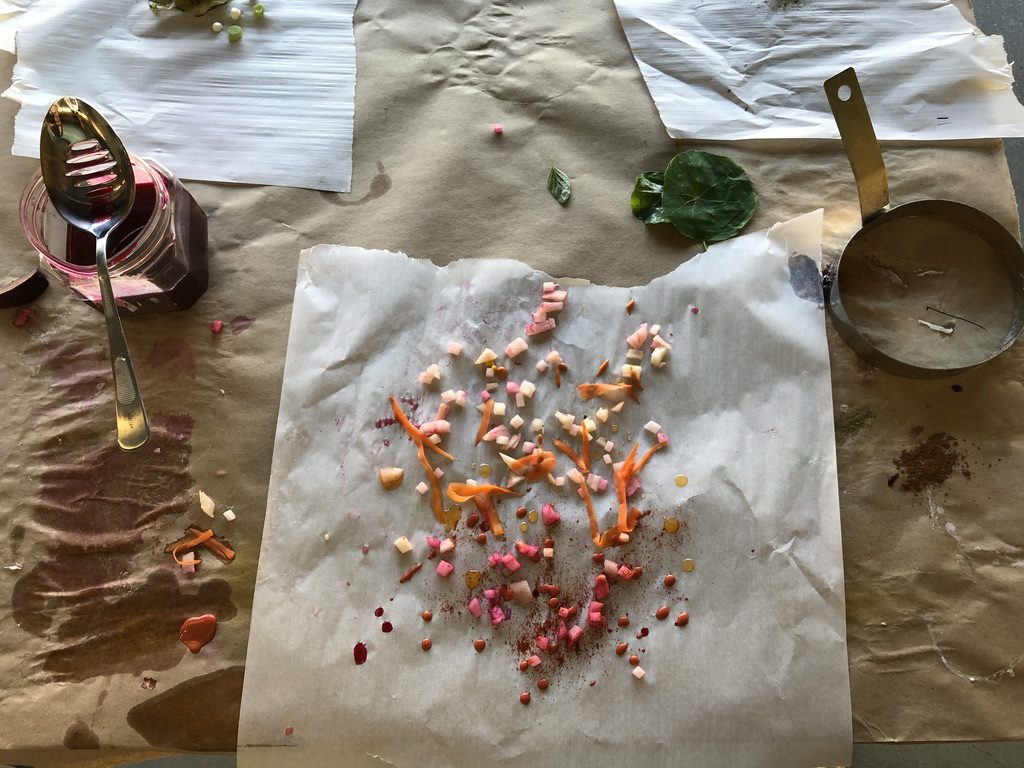
This student pair decided to make an abstract art piece, something that Massimo Bottura would probably try in his restaurant.
If you’re interested in teaching a class about plating or something related, feel free to check out our course outline, slide deck, and shopping list. You can also reach me at: ben <AT> bengusto <DOT> com.
*Many thanks to the deeply kind and talented Daniel Chan for taking photos during one of our class sessions! The better photos in this article are his.*



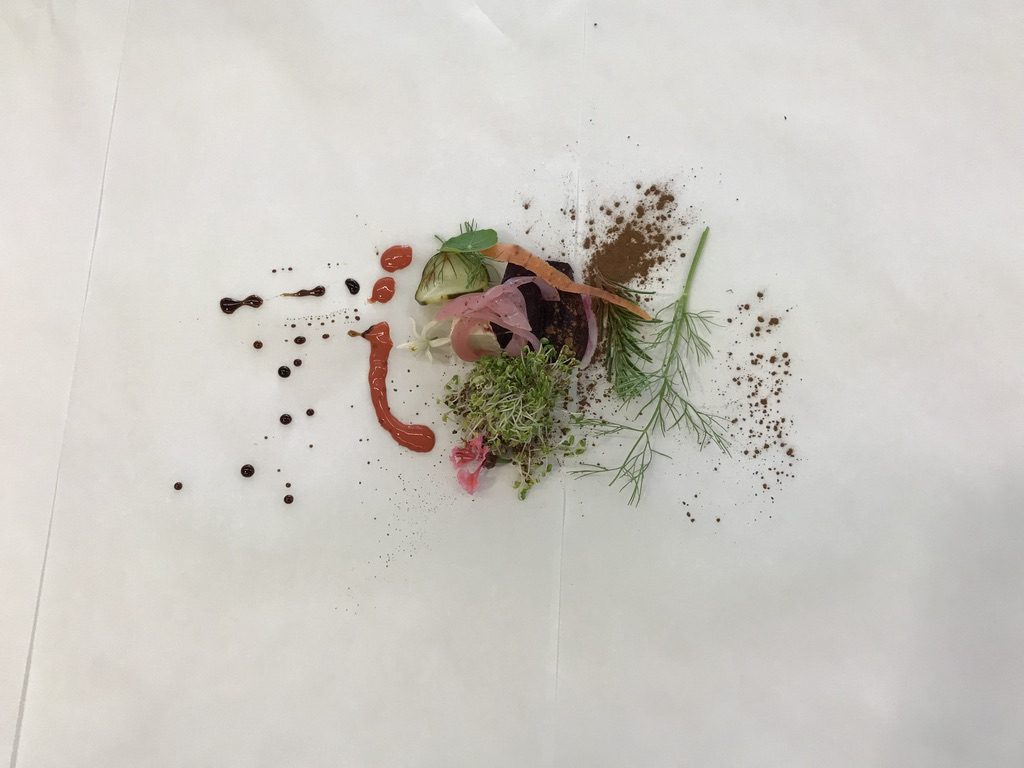
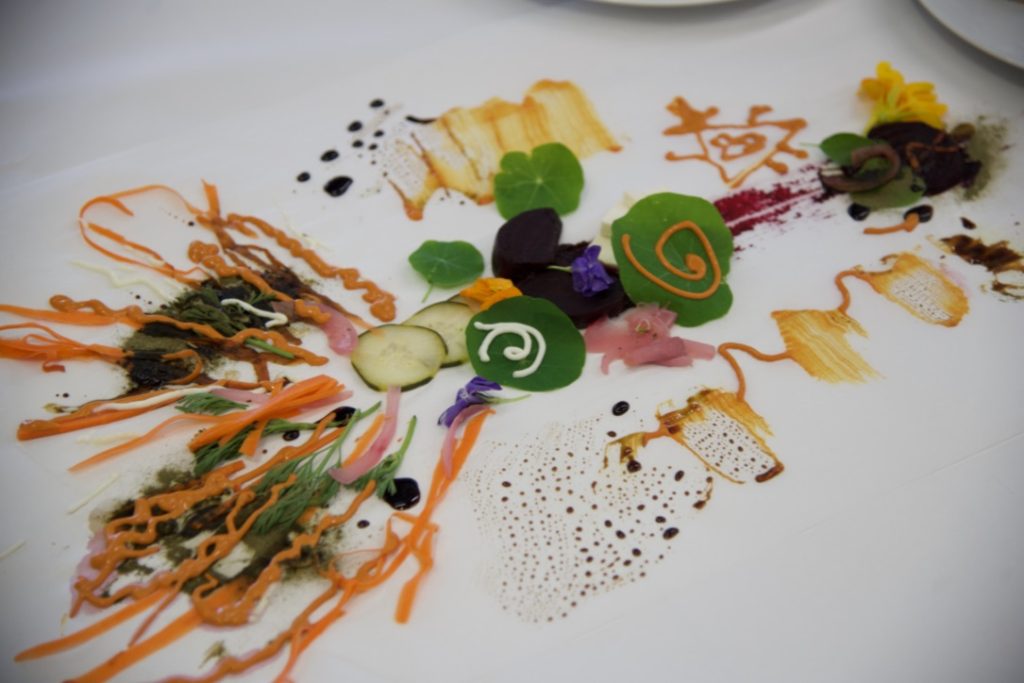


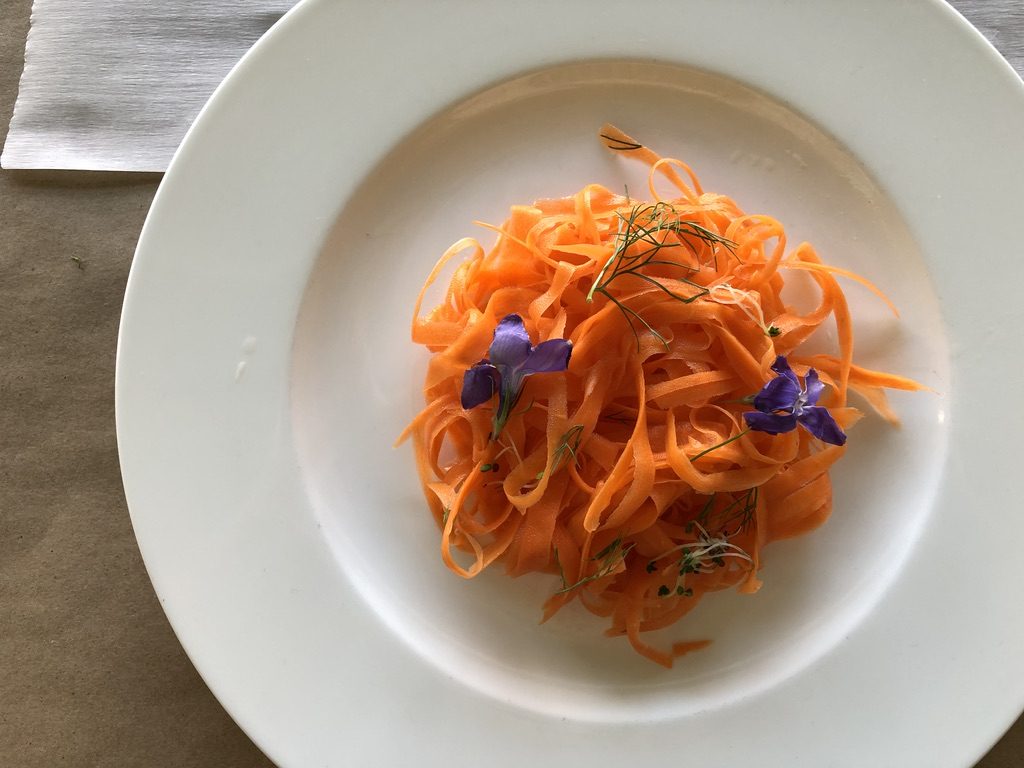

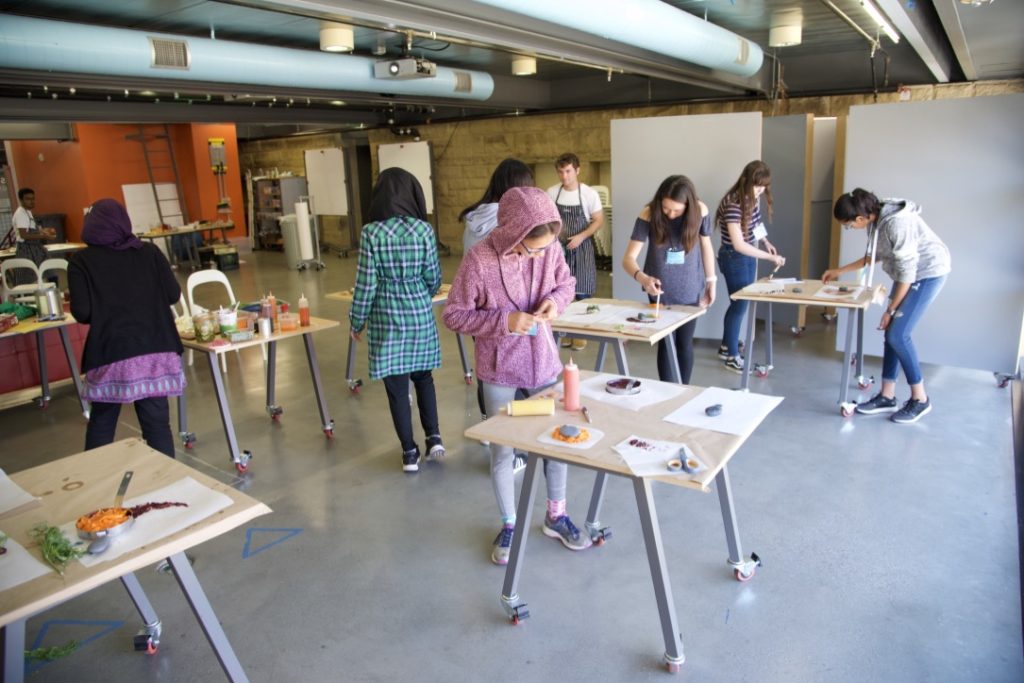

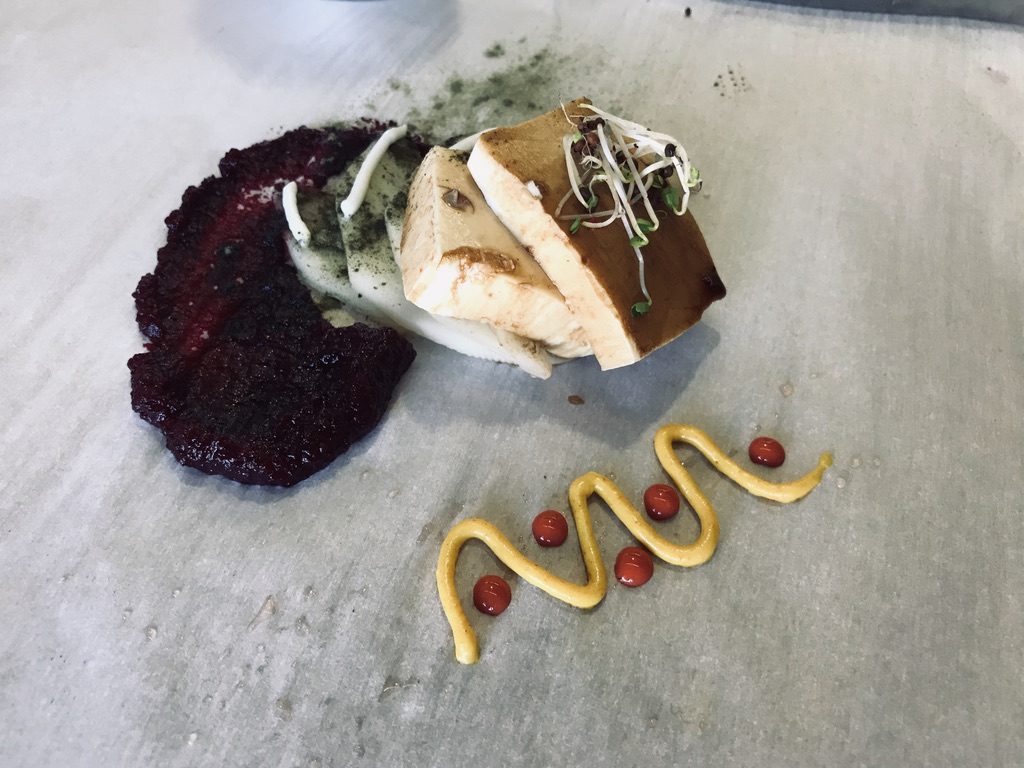
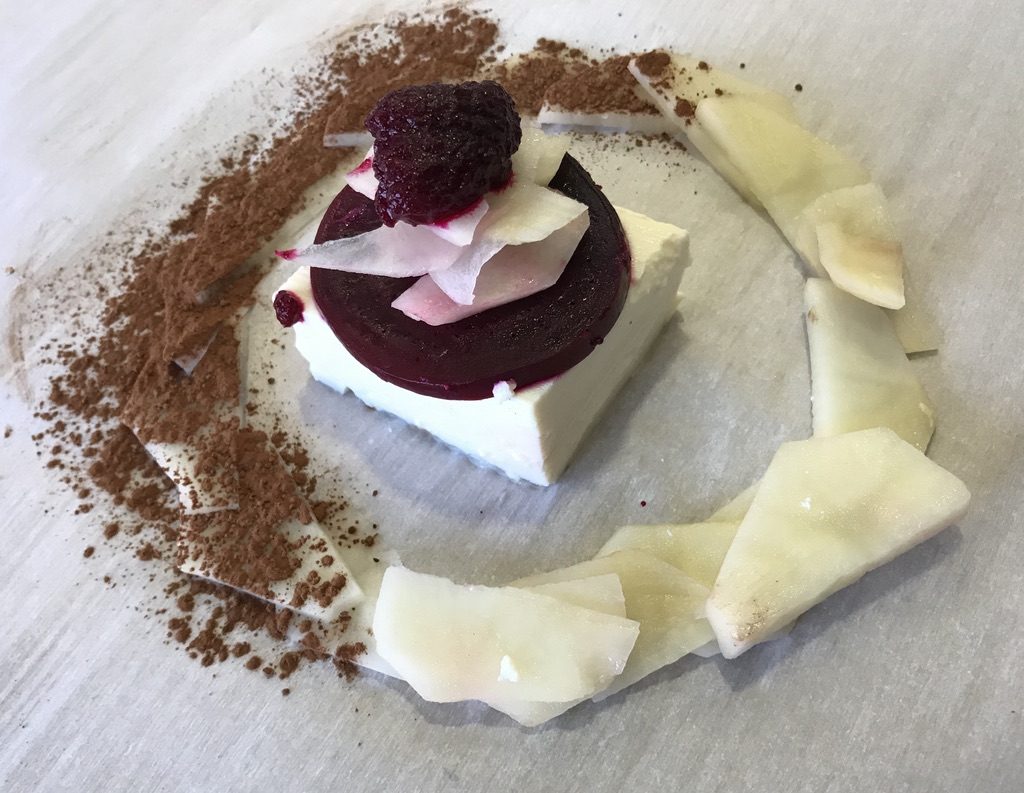
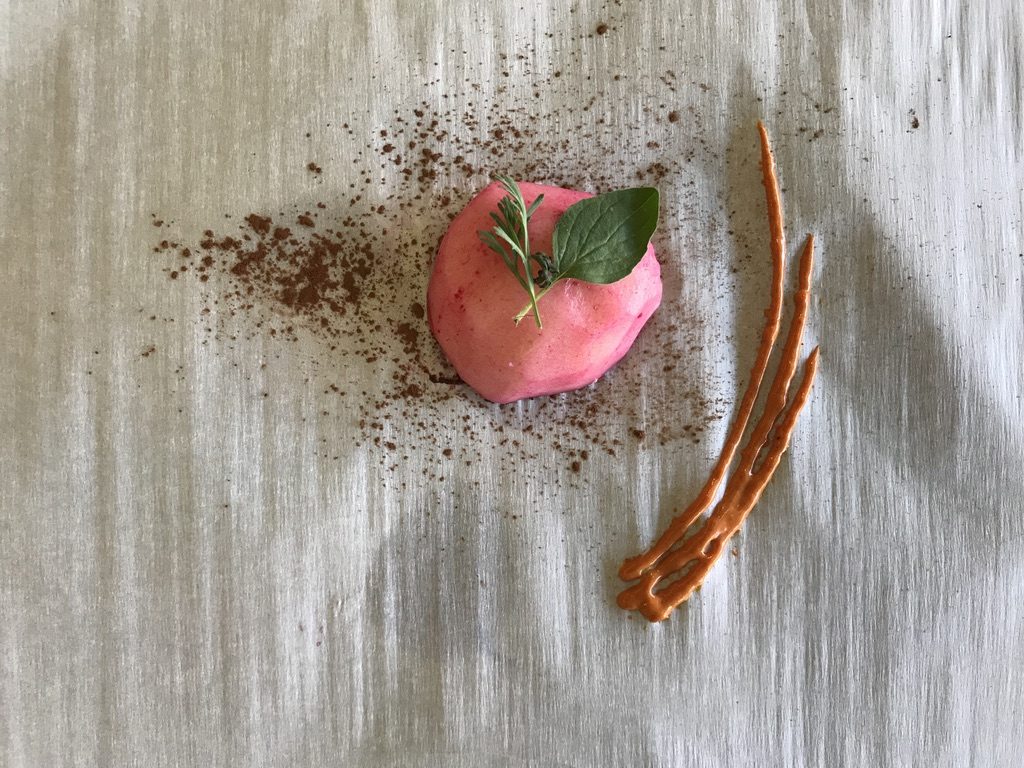
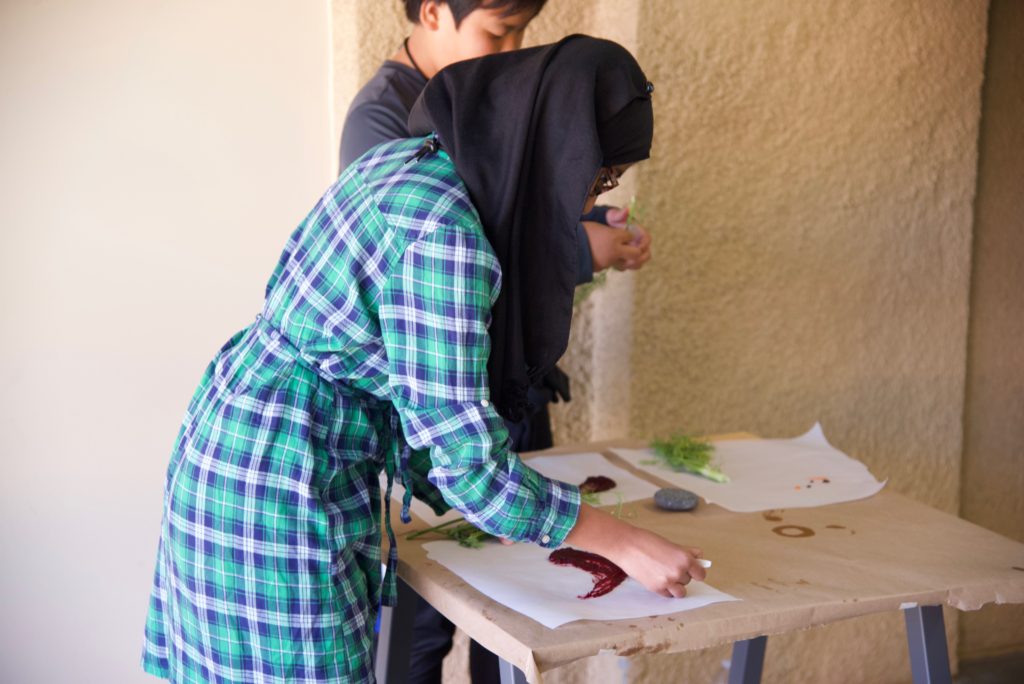

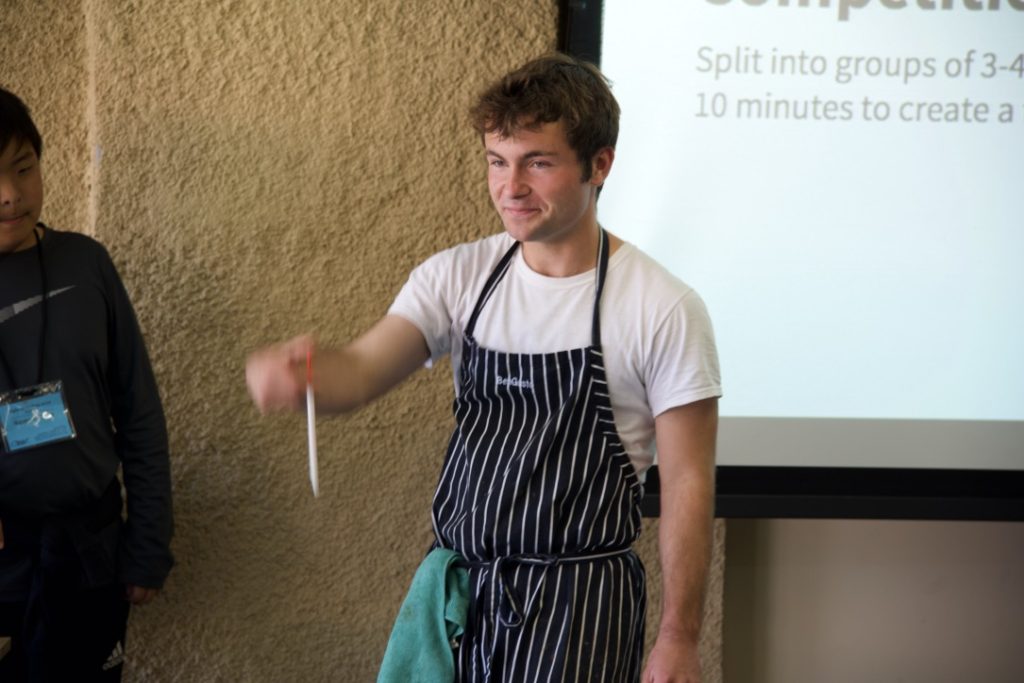
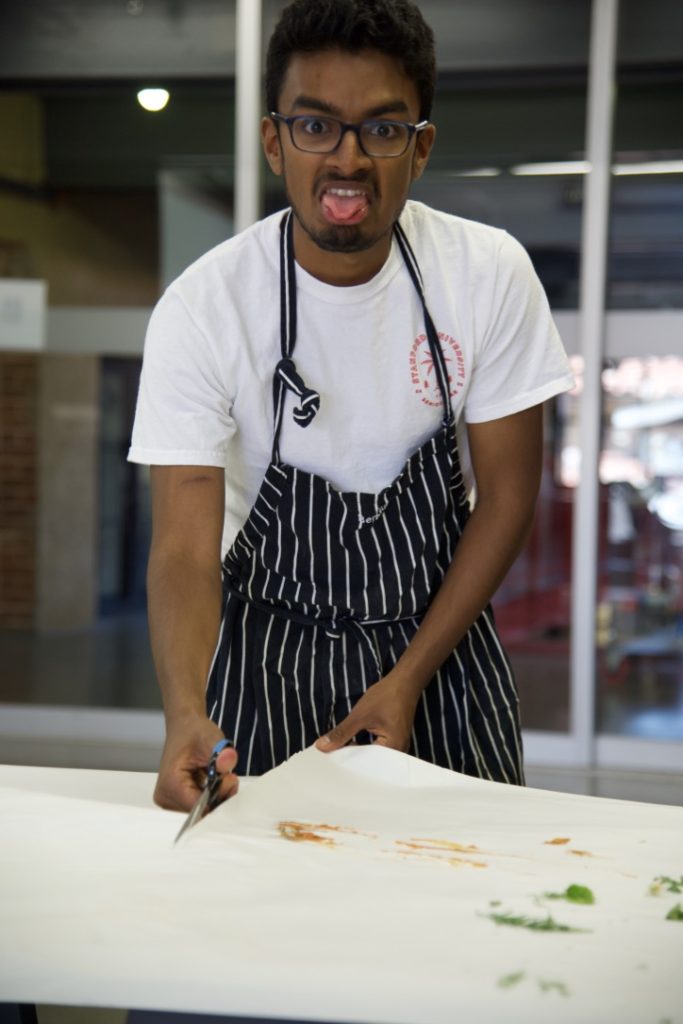
As always, we continue to be so impressed with not only your own talents in the cooking arena…but your efforts to pass these skills on to others. And what a great AGE GROUP to listen and learn.
We sure do want to keep hearing from you relative to your plans in the works, etc. etc.